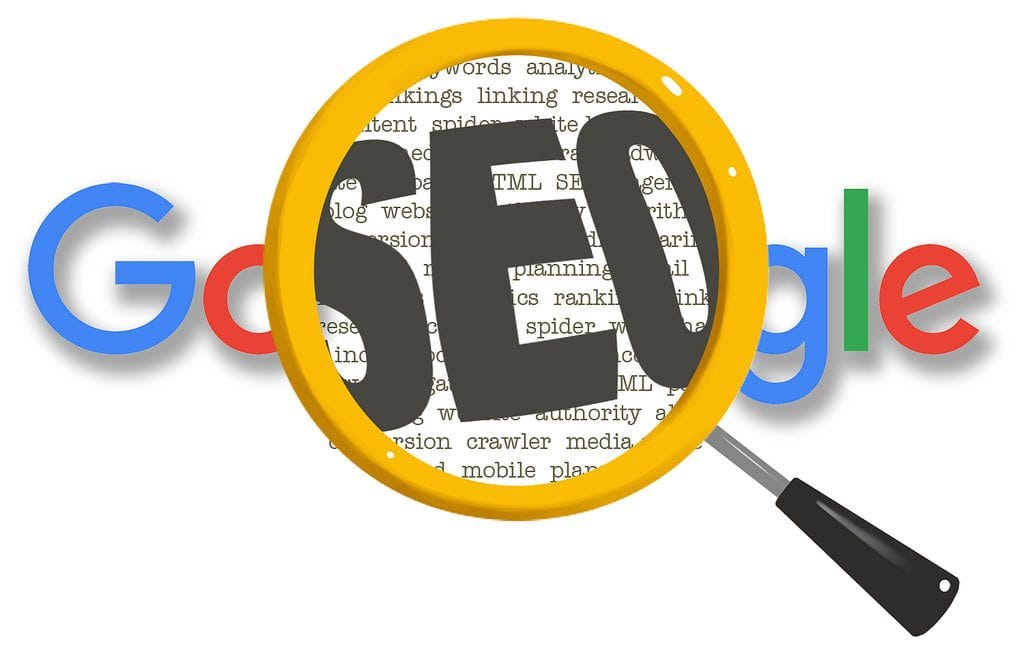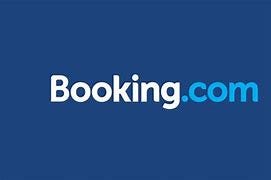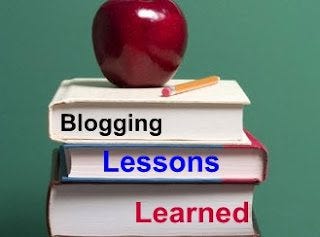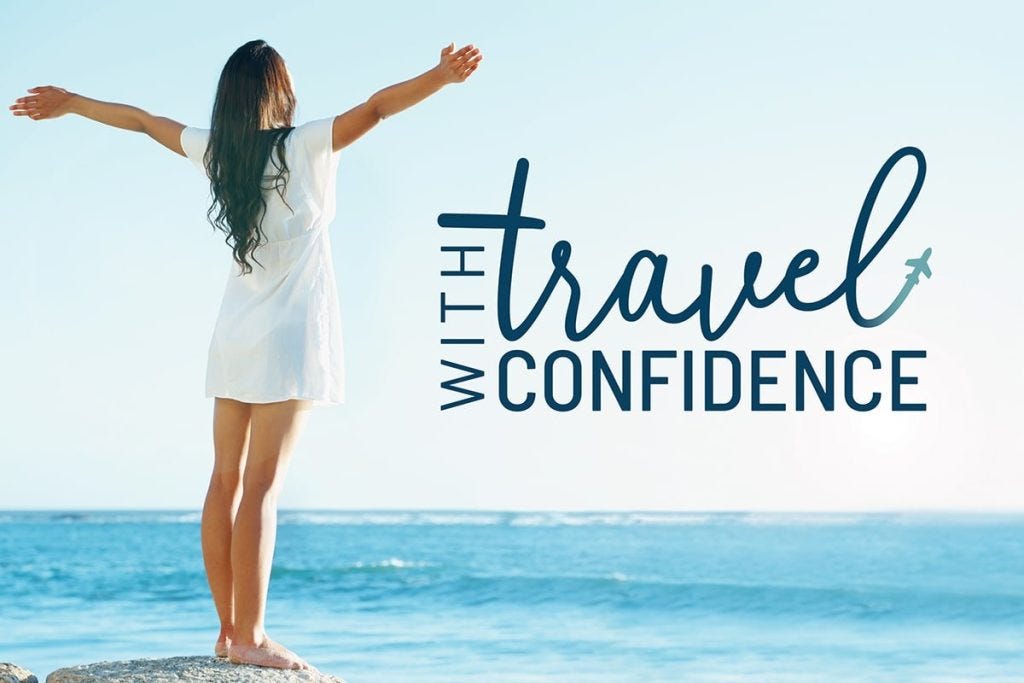2024 Update -
I switched my platform from Wordpress to Substack. As a writer, I wanted to be taken more seriously and I feel that Subtsack is a better means of doing that. I also wanted to expand my content to include more topics outside of the travel realm. The following is an article specifically about travel blogging but some of the research techniques can be applied to writing in general. After all, you want someone to read your content, right?
2023 Update –
Although I am starting my third year of blogging, these tips I found are still applicable. As we, bloggers, grow our brand, it is important to remember that we all start somewhere and having valuable tips in the beginning is an important part of the learning process. As we expand and become a more confident travel writer, we also grow our repertoire of resources that make our jobs easier, better and allow up to provide better information to those that seek it.
Being a Travel Writer: How It All Started
Wow! What a year this has been! When I imagined (in the wee hours of the morning in December 2019) the idea of creating a website to share my travel experience, I never imagined that it would take me on this journey. My first-year blogging has taught me so much about computer technology (as confusing as it can be) and how such a great community exists for travel bloggers. Although the concept of Sunhats and Chardonnay started in 2019, it didn’t get off the ground until March 2021, when it went live.
In the beginning, there was a lot of research as to which platform I would use. Ultimately, I decided to go with WIX as it seemed to have the most straightforward options for non-tech users. (Since then, have changed platforms but I will discuss that later.) I set up my website/blog and got a bit creative with the design. I knew what topics I wanted to explore as a travel writer and started developing pages and categories to cover the content. To look a bit more professional, I purchased my custom domain.
At one point, I had the brilliant idea of changing my blog name to The Educated Traveler. I figured that if it had the word “travel” in it, Google would “see” it more frequently. I had no idea that a change like this would have no impact. It may even have caused more confusion since my domain name was sunhatsandchardonnay.com. After a few months, I dropped The Educated Traveler moniker.
The First Post as a Travel Writer
The first post I published was about arriving in St. Thomas on a cruise excursion, and it was a descriptive account of how I felt after two days at sea and what I saw on the island. Throughout my first-year blogging, this post has taken a whole different turn and now emphasizes things to do in the port city of Charlotte Amalie. Further, I created other posts on St. Thomas’s best beaches, best views, and best foods. As a travel blogger, I realized that people wanted to read about how the information can help them rather than how I spent my vacation.
Furthermore, how-to posts and travel tips also seem to be well received. My posts on How to Choose your cruise Ship, First Time cruise tips, and Last Minutes check before getting on your flight were also popular.
What is SEO?
As far as blogging itself, I discovered that there is so much more to running a blog website than just posting content. You must do keyword research, have great photos, and learn how to optimize posts for search engine optimization (SEO). Yoast SEO is a great WordPress plugin that helps sort all this out.
In my first-year blogging, I found SEO quite a challenge, and I had no idea of WHAT to do, let alone HOW to do it. I researched through Google and Pinterest and discovered a few companies that could help me. Ubersuggest and SEOability offer free tools and they have been fantastic resources. If you want to up your game, SEMRUSH provides a detailed SEO tool chest but the free version is limited.
Many hours have been spent revising blog content, adding SEO, and selecting different images to make the travel blog more appealing.
Promoting as a First-Year Blogger
When you are a travel blogger, you must find great topics to write about and make sure your posts are seen by your readers. The general population is very interested in finding a unique or out-of-the-way place to experience, and travel blogs provide a mechanism to discover and share these experiences.
One of the best ways to ensure blog/post views is promotion. Twitter has been a great asset. Not only has it provided media to promote my content as a travel writer, but it has also expanded my audience through many different blogging chat rooms.
#TravelBlogTuesday is a bi-weekly feature that allows a group of like-minded travel bloggers to share their content and comment on others. Pinterest has also been a great platform to share content.
#FlashbackFridayz is a biweekly group sharing travel memories under a selected theme.
#Travchat is one of the world’s most popular weekly travel chat group with new topics every week.
Recently, I learned how to schedule posts on Twitter and Pinterest for posting at later dates. Promotion allows posts to be seen more frequently. Not everyone is on the computer all the time. Having more means to expose the travel blog as a first-year blogger is a good thing.
Hosting Platform
As I mentioned near the beginning, I started my travel blog using WIX. It seemed to be the easiest to use as it was pretty simple. However, as I became more experienced as a travel writer and my goals became more complex, I realized that the simple hosting platform was no longer the right way to host my travel blog.
I wanted to create sub-headings for my pages, add affiliate links, and develop a stronger connection to the public. Newsletters, subscriptions, digital products, and consulting services are all within the realm of possibilities, but WIX is not complex enough to allow for these expansions. After some consultations, it was decided that Bluhost would host my new WordPress travel blog.
As a first-year blogger, I had no idea how to switch from WIX to WordPress. Luckily, Pinterest came to the rescue and assisted me, and I could transfer and re-create my pages, categories, and posts into a better format. Bluhost assisted with the final transfer.
Technical Issues
As a travel blogger, I was very excited to switch to a WordPress platform and share my content once again. I gained followers on Twitter and looked forward to engaging with them on my new platform.
The transfer from WIX took about three months, and my blog went live on WordPress in mid-December 2021. The switch was a little complicated, though, as I had to manually transfer everything, including the beautiful photos that make reading a travel blog so interesting.
Tip: Don’t forget to rename your images and add alt text.
Since then, it has been one technical issue after another – pages showing incorrectly, categories not appearing in a drop-down, widgets cutting off information, image size, and slow site speed. Who knew that some plugins were not compatible? Luckily, between Bluhost and my theme developer, most of the issues have been resolved or are in the process. I can move forward with restructuring the layout and adding email signups soon.
There are so many technical things to learn as a first-year blogger that can make you want to throw the computer across the room. A word of advice is that don’t get too discouraged and don’t be afraid to reach out for assistance. Talk to other bloggers or your hosting company or theme developer directly. They may have an easy solution, or at least they may be able to direct you in the right direction. Paul from Paul Passing Through, Ryan from Blogging From Paradise and Luke from Two Guys Tripping have been a great help!
Note: Technical difficulties is one of the reasons why I switched to Substack.
Having The Right Tools
Having the right tools as a travel blogger helps make a difference in the product you are promoting. All blog posts, digital products, etc., need to be well written and researched, but they also need to have appropriately sized images, be spelling and grammar checked, and optimized for SEO. If you plan on using Pinterest to promote your posts, enticing photos and pin images must be created for their platform.
These are the must-have tools that every travel blogger and travel content writer should be using:
Yoast SEO – for optimizing your posts
Grammarly – for grammar and spell checking
Image Optimizer – for shrinking images sizes
CANVA – for creating Pinterest pins or other graphic material
Keysearch – to explore better keywords for higher ranking on Google
Wordtune – for discovering alternatives phrases for passive grammar sentences
If you want to go further, some tools also allow for maps such as Wanderlog.
AD: Tracking your income and expenses is an important task even for the beginner blogger. Here is a simple Income and Expense tracker for bloggers available on Etsy.
Monetizing the Blog / Affiliate Marketing
As a first-year blogger, I believed that I would write some great articles, sprinkle them with some affiliate links, and presto-magic, I would start earning money. Unfortunately, there are so many people doing the same thing that unless you are credibly talented, popular and have a great SEO team behind you, the money trail will probably be limited at best or even non-existent. Furthermore, there is a right and wrong way to add affiliate links as a travel blogger.
Linking to a general landing page from Viatour, Booking.com, or TripAdvisor, will not get anyone to purchase a product through that link. To make money through affiliate links, you need to be very specific about promoting the products and why.
Digital products, courses, subscriptions, and consulting services can also add to the income of a travel blogger.
Etsy is a great marketplace for selling these products, and my Etsy shop is TravelescapeDesigns if you are curious.
Lessons Learned as a First-Year Travel Blogger
Over the past year, I have learned so much about blogging in general and how welcoming and engaging the travel blogging community is. There were times when I was so frustrated that I questioned if it was all worth it. Several other bloggers assured me that the rewards would outweigh the annoyances as you gain experience.
If I could summarize some of the best tips I have learned as a travel blogger, they would be as follows:
Have a plan or purpose for the blog – what do you want to achieve (Short term, long term)
Is monetization a requirement or a benefit?
Select an excellent hosting platform that you can grow with
Reach out when you are frustrated – You are not alone
Write, write, write – As much as you can. Someone will be interested in what you have to say
Promote – Twitter, Pinterest, Facebook, Instagram – Tell the world
Spell, and grammar-check everything – mistakes are unprofessional
Optimize those beautiful images – Too large will reduce site speed
Use the right tools – most have free options
Utilize SEO tools to tell Google (and Bing) who you are.
In conclusion, I am happy to be a part of the travel blogging community. With the information I have gained, I now feel confident that the next year of blogging will bring even more rewards. I continually look forward to writing new posts and engaging with others in the travel blogging community.
For the curious, these are my stats after my first-year blogging:
Posts – 47 Posts
Blog views – 600-900 monthly views
Twitter – 2530 followers
Pinterest – 3 Follower, 7.1K monthly views
Etsy Sales – 31 sales
Domain Authority – 8
Page Authority – 29
Free Subscribers:
The following digital products are available through my online shop:
Paid Subscribers -
These products are free through my Digital Products page.













Really useful, thank you 🙏